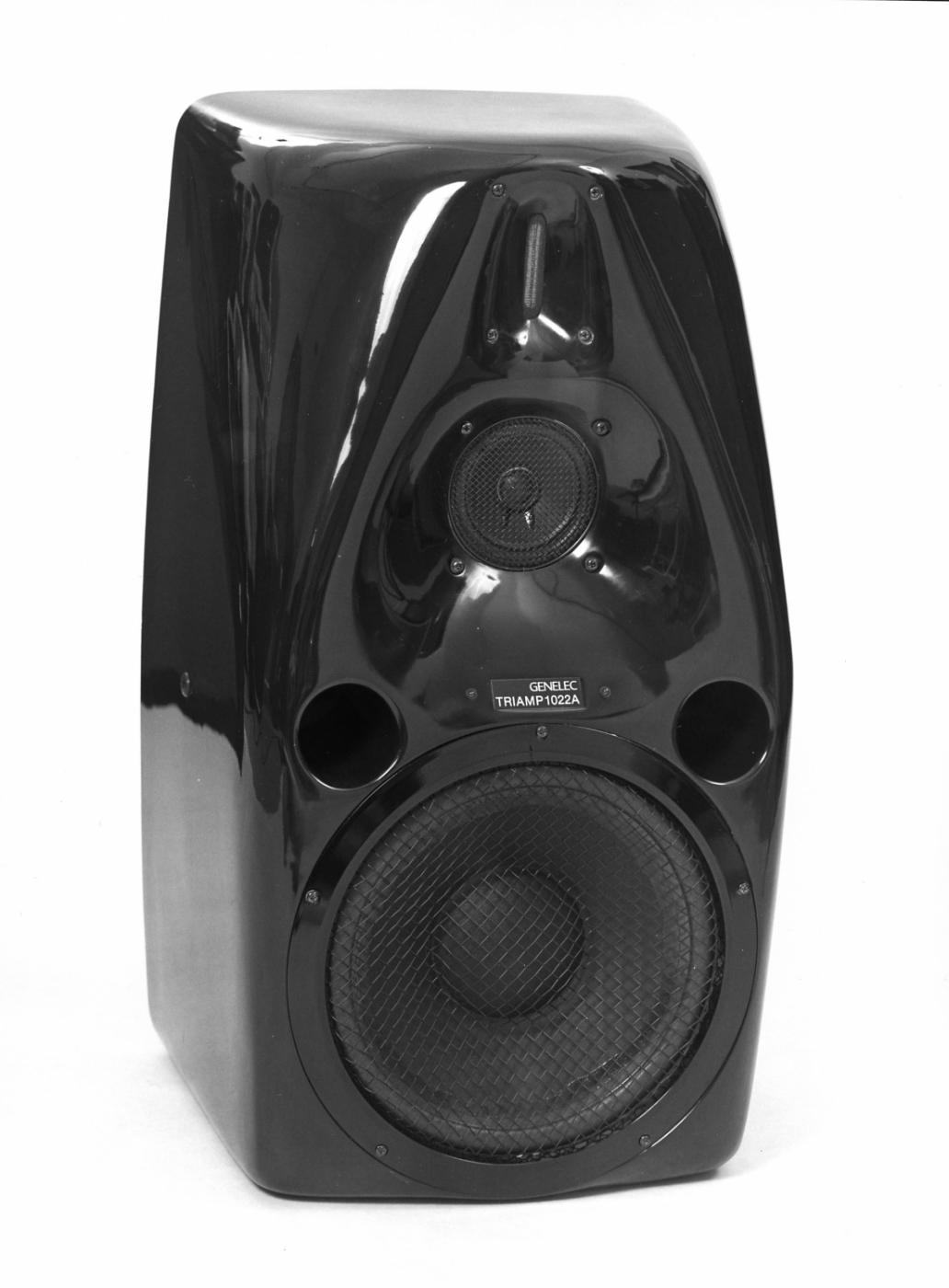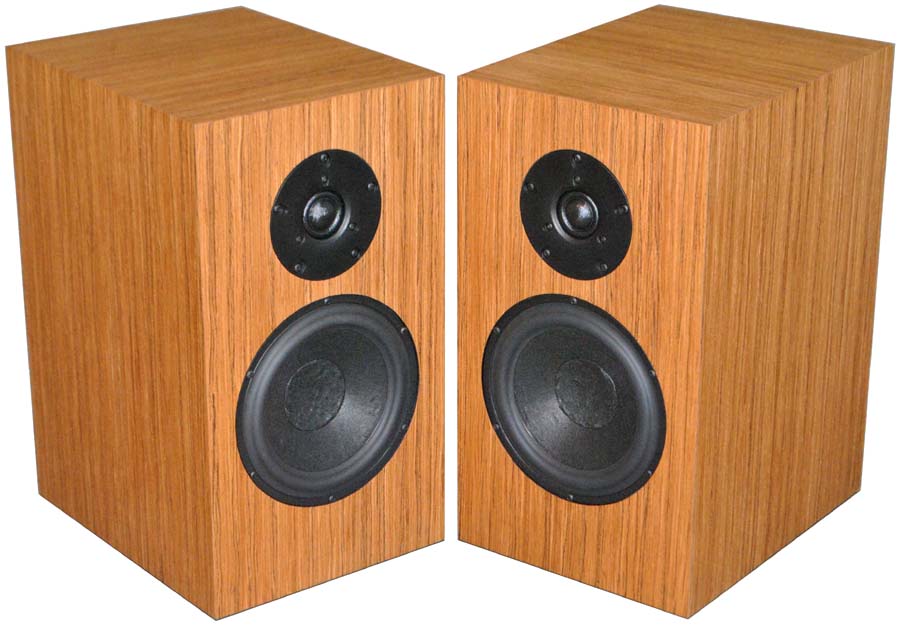- Joined
- Sep 16, 2019
- Messages
- 1,198
- Likes
- 2,646
Well, you won't be able to achieve a perfect directivity index (and neither does the Elac with a wave guide), but I don't consider that of prime importance. And it's not true that you can't improve matters by lowering the crossover point. The Excel tweeter's off-axis behavior is very even up to around 2 kHz, and the W18's is better there than higher up. One of my favorite personal designs is the Salk HT-1, which uses the W18 with a proprietary RAAL tweeter crossed a little lower than 2 kHz. If you were listening blind, I bet you wouldn't raise any issues about the perceived radiation pattern, and the last thing I would want to do to the RAAL is slap a wave guide on it.
Again, it's physics. I hope one of you redesigns the crossover and among other things, lower the crossover point. I hope we'll get to see the revised measurements. The 'mess' as described above by a fellow member, in terms of uneven directivity will simply move to a different point. I can't make any comments about a hypothetical blind test. It's pointless. What the science says is when those first lateral reflected sounds match the direct sound in terms of timbre, they are unlikely to be mistaken for coloration - that is what I aim for in a design.



